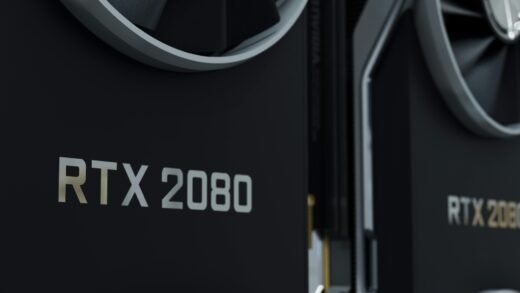The Digitization of Ancient Ownership
Introduction:
The tokenization of assets is changing how we perceive and interact with traditional investment opportunities. Apart from crowdfunded securities, asset tokenization is proving to be one of the most important innovations in an era where technological transformation across entire verticals is happening faster than ever and for a few reasons: liquidifying traditionally illiquid assets, making them more accessible overall. In this article, we explore what asset tokenization is at its core and discuss why it matters as well as the challenges that come with such a platform change in investment capital disbursement.

Trading
What is Asset Tokenization?
Tokenization is possible for nearly every asset, including real estate, art, commodities and even financial securities such as stocks and bonds.
The most important one among those new features is tokenization that literally means breaking an asset in smaller pieces, called tokens, and each of them represents a part of the total value. As an example, a million dollar property could be divided into 1,000 tokens that are each worth $1. By doing so, investors can buy part of the asset without needing to acquire ownership over an entire property thus rendering available investments were once only accessible exclusively by high-net-worth individuals and institutions.
Tokenization Transforming Different Industries
Increased Liquidity
Liquidity- This is one of the most important benefits that asset tokenization brings to you. Legacy issues, like property or fine art can take months if not years to sell. When these assets are tokenized, they gain liquidity because the tokens (claims on a fraction of that asset) can be traded in days or sometimes even minutes given correct digital rails. In this way there is a market where investor have the ability to sell their share without having to find someone interested in taking it off your hands.
Increased Transparency and Security
It eliminates transactions related fraud, validates legitimate ownership and increases buying/selling orders process transparency. This level of transparency allows investors to see how an asset has changed hands in the past.
Lower Barriers to Entry
The capital required to buy into traditional asset markets, many of which are high-value assets such as real estate or art, is prohibitive for most small investors. Retail Investors to have opportunities that were previously the domain of hedge funds.
Efficiency and Reduced Costs
The benefits to using a blockchain and tokenization is that valuable assets can be traded over for any cryptocurrencies by players the ability to trade directly on finanicial platforms. This trading is bilateral, as a direct trade occurs between two parties (counterparties), hence transaction costs are reduced and settlement times speed up thus increasing overall market efficiency. Utilizing smart contracts also helps in automating the process without any human interference, and transaction is executed as per predefined conditions.
The tokenized assets
Real Estate
One of the top use cases for tokenization is real estate where you can tokenize portions or fractions of a property and sell it to investors. Providing an alternative of traditional real estate investment trusts (REITs), which grant investors direct ownership over a portion of the property. This provides investors with greater liquidity when investing across borders in tokenized real estate.
Art and Collectibles
The art market has embraced the concept of tokenization as well, with fractionalized ownership in some exciting pieces and collectibles. Not only this makes art investments more approachable, but also opens the doors for additional liquidity in a rather illiquid market as well.
Commodities
By tokenizing gold, oil and all other valuable resources making it possible for anyone to take ownership of fractional amount in these physical items; Hence, a need for the decentralized exchange Commodity Blockchain.
Financial Instruments
Tokenisation of Stocks, Bonds and other Securities allows a new level of flexibility into the arterial lifelines in capital markets. By tokenizing, the exchanges allow for trading 24/7 traded products and fractional ownership — making them more liquid and investable by a broader range of investors.
Asset Tokenization Challenges
The promise of asset tokenization is great, however it faces a few hurdles before it becomes more widespread. The biggest one is the issue of regulatory uncertainty. The problem is that different countries have separated tokenized assets regulations making it difficult to get a global adoption. The legal framework for the ownership and transfer of digital assets is also in its nascent stages, with many doubts regarding investor protection/rights still unanswered.
This is also a problem of technological risk. Even though blockchain is a secure technology, the tokenization-supported platforms should be able to process massive transactions and thereby preserve data integrity. Downplay fears of potential security breaches or operational failures that could compromise trust in tokenized assets.
Finally, adoption on the market side remains a struggle! As much enthusiasm as tokenization has sparked, it will have to achieve broad adoption among financial institutions and investors, along with regulatory approval in order reach its full potential. It will take a considerable amount of time to build up the necessary infrastructure and confidence within traditional markets for tokenized assets.
Conclusion
This is also a problem of technology risk. Speak to the security concerns and operational risks that might threaten confidence in tokenized assets.
And lastly, adoption on the market side is still a problem! A lot of time will need to pass in order for the traditional markets become confident enough and evolve their own infrastructure valid for tokenized assets.


